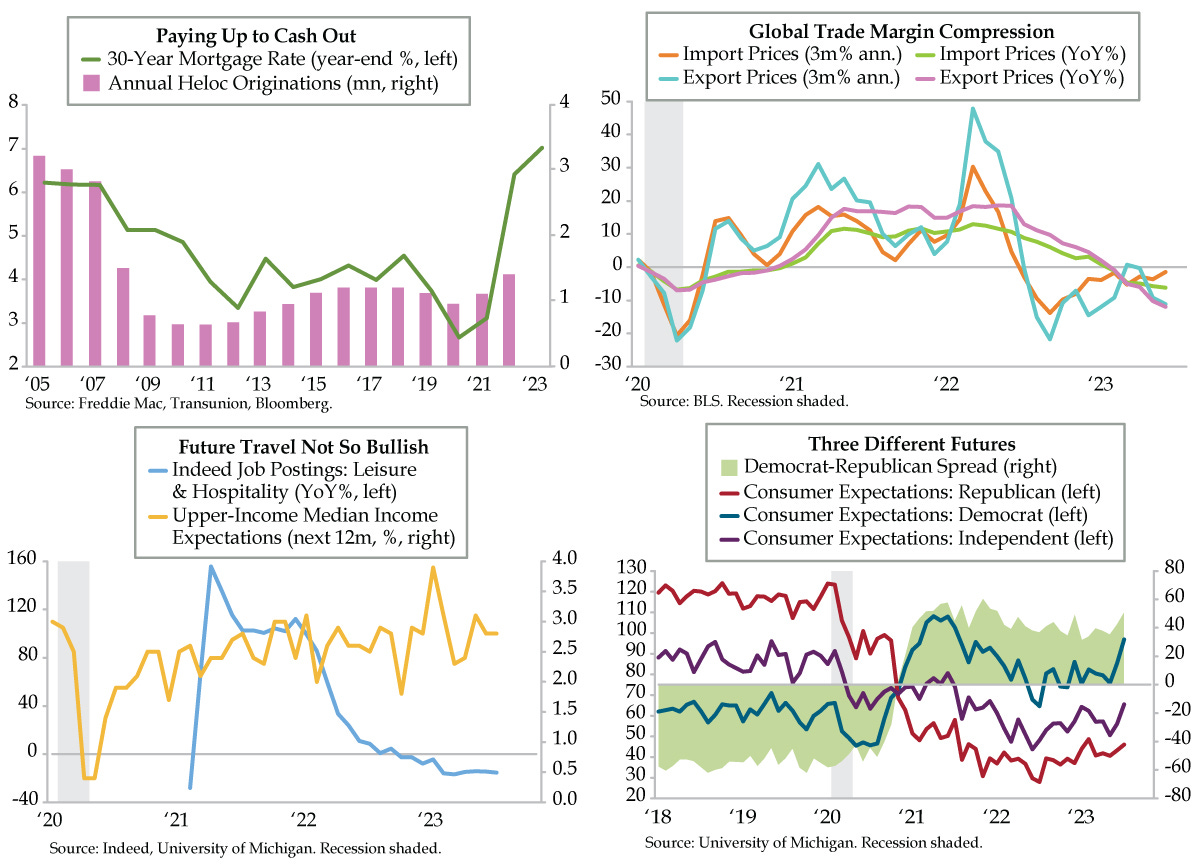The one that got away was 4,000 pounds. In 1952, a fruit farmer from Irymple, Victoria lost a two-ton Great White shark off the coast of Ceduna in South Australia. The surreally good shark angler caught seven of these beasts weighing more than 2,000 pounds. According to the International Game Fish Association, the largest fish ever verified was a 2,644-pound Great White Alfred Dean captured in 1959 after a brief 70-minute battle. Remarkably, Dean didn’t take up fishing until he was middle-aged. Perhaps wisdom is a competitive advantage. That was the case for Alfred C. Glassell Jr., an oil and gas executive in the 1930s and 1940s who only became interested in big game fishing after he returned from a tour of duty as an officer in the U.S. Army in World War II. In 1953, off the coast of Cabo Blanco, Peru, Glassell caught the largest bony fish in history – a 1,560-pound black marlin that shot the legendary angler to fame. He appeared on the front cover of Sports Illustrated in 1956 and footage of the marlin being played by Glassell as he reeled it in was featured in the 1958 film The Old Man and the Sea.
Fish tales on the Street are conspicuous in abundance. With a hat tip to Bank of America’s Michael Hartnett, “In the past 12 months, the U.S. government spent $6.7 trillion. That’s up 14% year-over-year (YoY). For fiscal year 2023, the U.S. federal deficit is up a staggering $1 trillion to $1.4 trillion YoY. It’s tough to get recession when unemployment is 3% and the budget deficit is 9% of GDP.” For perspective, two years ago to combat a global pandemic, Uncle Sam spent $7.6 trillion. Judging by current spending levels, we’re still in the midst of a public health emergency.


